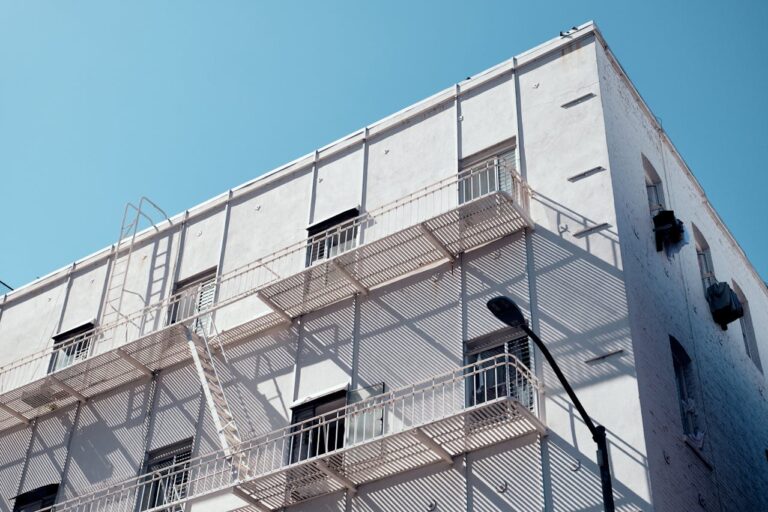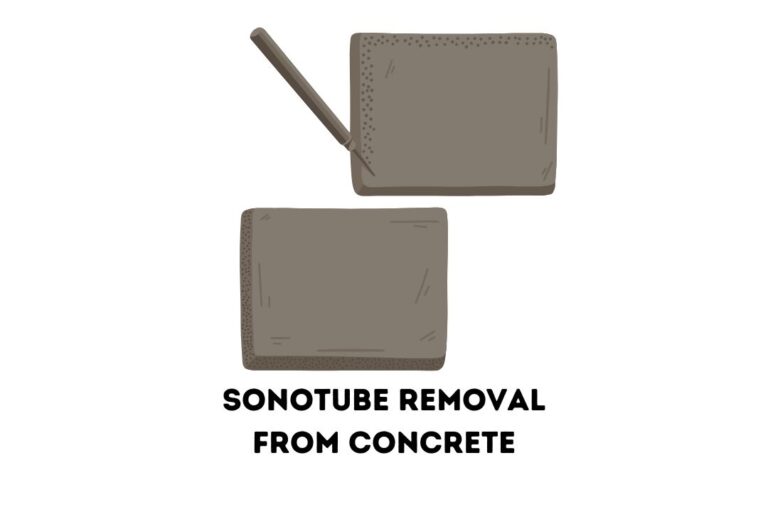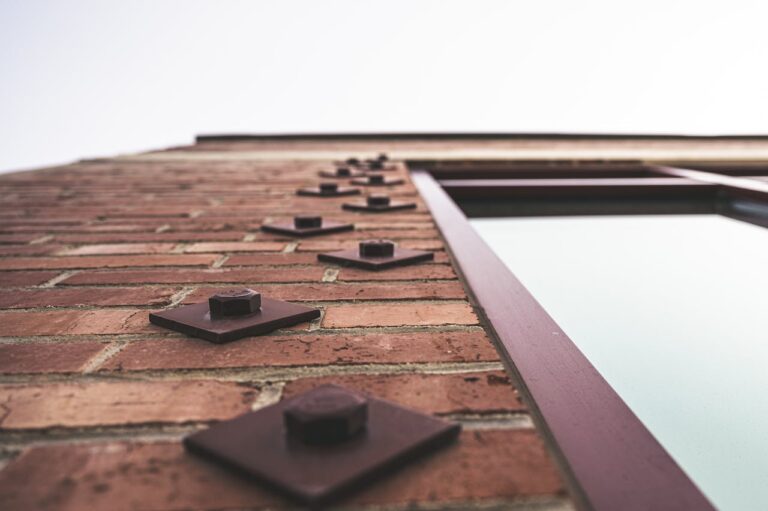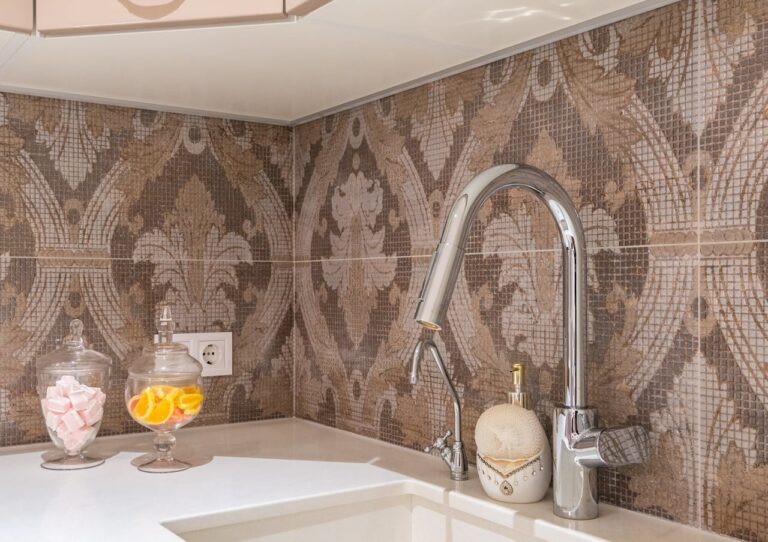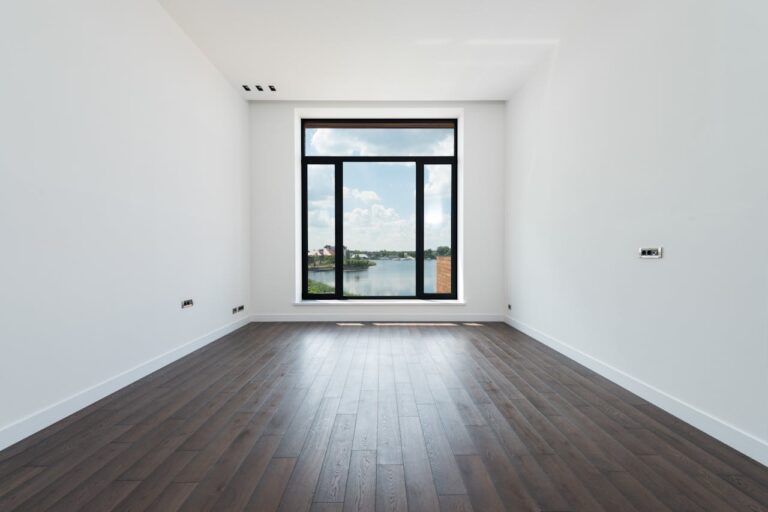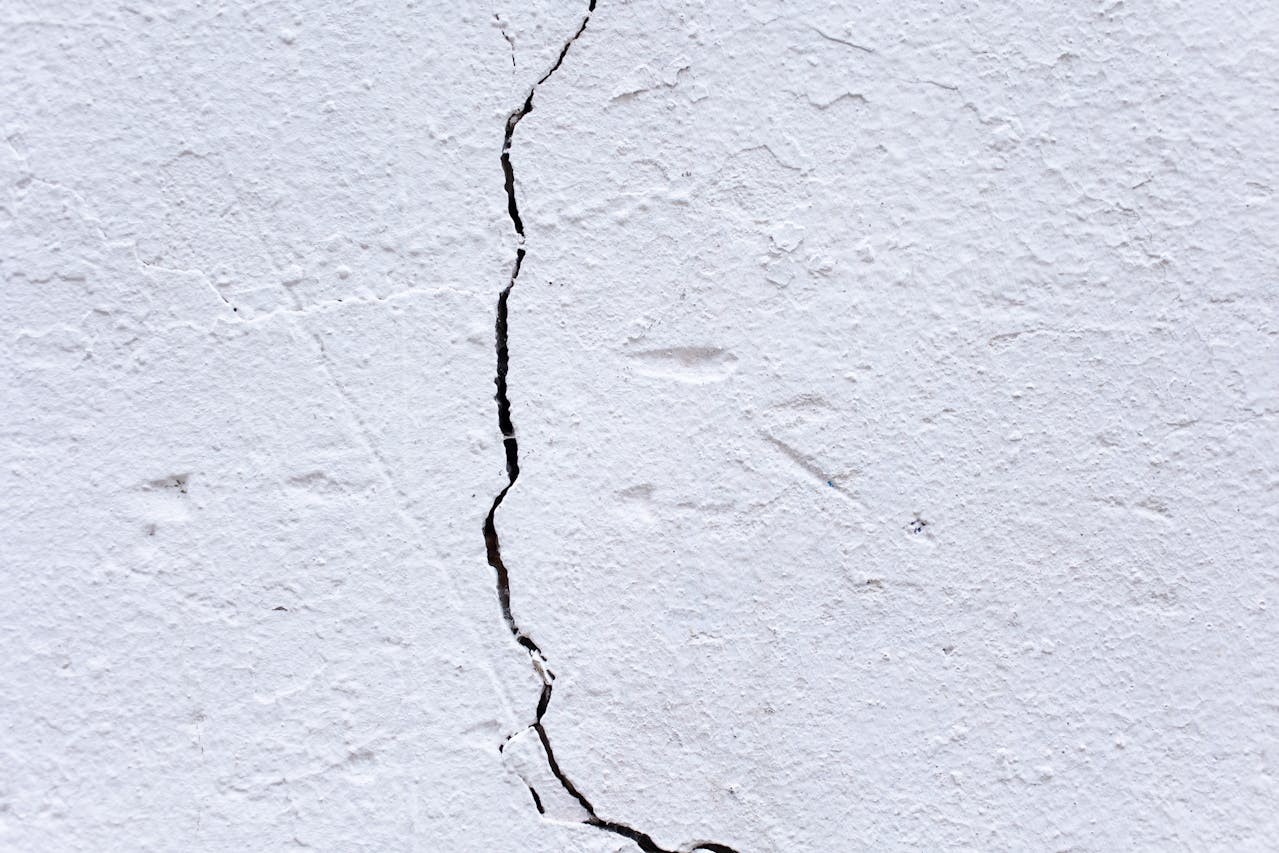
SEO Meta Description: Learn the expert techniques for drilling into old plaster walls effectively and safely. Discover step-by-step instructions, tips, and tricks for success in this comprehensive guide.
1. Understanding the Challenge of Old Plaster Walls
Drilling into old plaster walls can be a daunting task, given their fragile nature and propensity to crack. However, with the right approach and tools, you can achieve your desired results without causing unnecessary damage.
Old plaster walls, though charming and full of character, pose unique challenges when it comes to drilling. Unlike modern drywall, which is relatively easy to penetrate, plaster walls require a more delicate touch. Their composition often includes layers of plaster over a lath, making them prone to cracking or crumbling if not handled properly.
2. Assessing the Wall and Choosing the Right Tools
Before you begin drilling, it’s essential to assess the condition of the wall and select the appropriate tools for the job. Taking the time to prepare properly will save you time and frustration in the long run.
Start by examining the wall to identify any weak spots or areas of concern. Look for signs of previous repairs or damage that may affect the integrity of the plaster. Once you have a clear understanding of the wall’s condition, choose the right drill and drill bits for the task at hand. Opt for carbide-tipped masonry bits designed specifically for drilling into plaster, as they provide better precision and minimize the risk of cracking.
3. Locating Studs and Avoiding Hazards
Finding studs in old plaster walls can be challenging due to their irregular placement and hidden nature. However, locating studs is crucial for ensuring the stability and safety of your installation.
Invest in a high-quality stud finder to accurately locate studs behind the plaster. Be prepared for the possibility of false readings due to the density of the plaster. Once you’ve identified the studs, mark their positions carefully to guide your drilling. Additionally, be mindful of any electrical wiring or plumbing hidden within the walls, as drilling into these can lead to hazardous situations.
4. Preparing the Wall for Drilling
Proper preparation is key to achieving clean and precise drill holes in old plaster walls. Taking the time to prepare the surface will help prevent unnecessary damage and ensure a professional-looking result.
Begin by cleaning the area where you plan to drill, removing any dust or debris that could interfere with the drilling process. Use a damp cloth to wipe down the surface and allow it to dry completely before proceeding. If the plaster is particularly brittle or prone to crumbling, consider applying a small amount of masking tape over the drilling area to provide added support and minimize chipping.
5. Drilling Techniques for Success
Mastering the art of drilling into old plaster walls requires patience, precision, and the right technique. By following these step-by-step instructions, you can achieve professional results with minimal hassle.
Start by setting your drill to a low speed and applying gentle pressure to the surface of the plaster. Use a steady hand to guide the drill bit into the wall, being careful not to exert too much force or angle the drill incorrectly. If you encounter resistance, stop immediately and reassess your approach. Avoid over-drilling or widening the hole unnecessarily, as this can weaken the surrounding plaster and compromise the integrity of your installation.
6. Securing Fixtures and Anchors
Once you’ve successfully drilled into the old plaster wall, it’s time to secure your fixtures and anchors in place. Proper installation is crucial for ensuring the stability and longevity of your fixtures, whether it’s a shelf, artwork, or light fixture.
Depending on the weight and type of fixture you’re installing, choose the appropriate anchors or fasteners to provide adequate support. Follow the manufacturer’s instructions carefully, ensuring that the anchors are inserted securely into the drilled holes. Use a screwdriver or drill to tighten the screws, taking care not to overtighten and risk damaging the plaster. Double-check the stability of the fixture once it’s in place, applying gentle pressure to ensure it’s securely anchored to the wall.
7. Tips for Avoiding Common Pitfalls
Even with careful preparation and execution, drilling into old plaster walls can sometimes present unexpected challenges. By anticipating potential pitfalls and following these expert tips, you can overcome obstacles with confidence.
One common issue when drilling into old plaster walls is the tendency for the plaster to crumble or chip, especially around the edges of the hole. To minimize this risk, start with a small pilot hole and gradually increase the size as needed. Additionally, avoid using excessive force or speed when drilling, as this can cause unnecessary damage to the plaster. If you encounter resistance, try gently tapping the area with a hammer to create a starting point for the drill bit.
Frequently Asked Questions (FAQs)
Q: Can I use a regular drill bit for drilling into old plaster walls?
A: While you can technically use a regular drill bit, it’s highly recommended to use carbide-tipped masonry bits designed specifically for plaster to achieve the best results without damaging the surface.
Q: How do I repair cracks or damage caused by drilling into plaster?
A: Small cracks or damage can typically be repaired using spackling compound or joint compound, applied with a putty knife and sanded smooth once dry. For larger repairs, consider consulting a professional plaster repair specialist.
Q: Are there any safety precautions I should take when drilling into old plaster walls?
A: Always wear safety goggles to protect your eyes from dust and debris, and consider wearing a dust mask to prevent inhalation of plaster particles. Additionally, be mindful of electrical wiring and plumbing hidden within the walls to avoid accidents.
Q: What if I accidentally drill into a stud or electrical wiring?
A: If you accidentally drill into a stud, simply remove the drill bit and reposition it slightly to avoid the obstruction. If you encounter electrical wiring, stop drilling immediately and consult a licensed electrician to assess the situation and make any necessary repairs.
Q: Can I hang heavy objects on old plaster walls?
A: With the proper anchors and installation technique, you can safely hang heavy objects on old plaster walls. Be sure to choose anchors rated for the weight of the object and distribute the weight evenly across multiple anchors if necessary.
Q: How can I prevent plaster dust from spreading during drilling?
A: To minimize dust and debris, consider using a vacuum attachment or dust collection system attached to your drill. You can also lightly mist the area with water before drilling to help weigh down dust particles and prevent them from spreading.
Conclusion
Mastering the art of drilling into old plaster walls requires patience, precision, and the right tools and techniques. By following the step-by-step instructions and expert tips provided in this guide, you can tackle your next home improvement project with confidence and achieve professional results every time.

